MEASUREMENT AND VERIFICATION
Establishing benchmarks for expected performance improvements

A clear and measurable framework for expected performance improvements is essential to any saving analysis. This means establishing a benchmark, not just evaluating performance after implementation. Technology allows for unprecedented simplification of benchmarking with cloud-based platforms making managing energy and sustainability programs more proactive and nuanced than in the past.
This usually means comparing actual energy use after the project or measure has been implemented with the best estimate of the likely energy use that would have occurred in the absence of that project or action. But particular data measurement plans should be carefully selected for each circumstance, and periodic audits and performed to validate measurements.
This usually means comparing actual energy use after the project or measure has been implemented with the best estimate of the likely energy use that would have occurred in the absence of that project or action. But particular data measurement plans should be carefully selected for each circumstance, and periodic audits and performed to validate measurements.
Simple Benchmarking
Automated utility data for water, waste, recycling and Co2 emissions allow for streamlined data analysis and reporting.
Easier Sustainability Reporting
Automated reports and dashboards allow for facility comparisons, peak demand identification, and weather overlay. It also allows for quick identification of rogue energy or water usage with up to 1-minute interval data, automated anomaly detection and alerts.
Real-time Monitoring
Measurement and verification are essential to developing and maintaining efficiency plans. It’s not just about proving that a program works. It’s about understanding where the best returns on investment are coming from and optimizing the allocation of resources.
M&V is essential for evaluating and improving returns on investment.

Verify the precise impact of an investment.
Determine areas of greatest return so as to allocate future resources more efficiently.
Maintain existing systems in ways that improve efficiency.
Establish benchmarks for future saving measures, especially useful when implementing staged upgrades across similar facilities.
Determine areas of greatest return so as to allocate future resources more efficiently.
Maintain existing systems in ways that improve efficiency.
Establish benchmarks for future saving measures, especially useful when implementing staged upgrades across similar facilities.
the BENEFITS of m&V
Contact us for a discovery call and Scoping Report, first step in creating your comprehensive roadmap to sustainability.
Begin your roadmap to sustainability.


